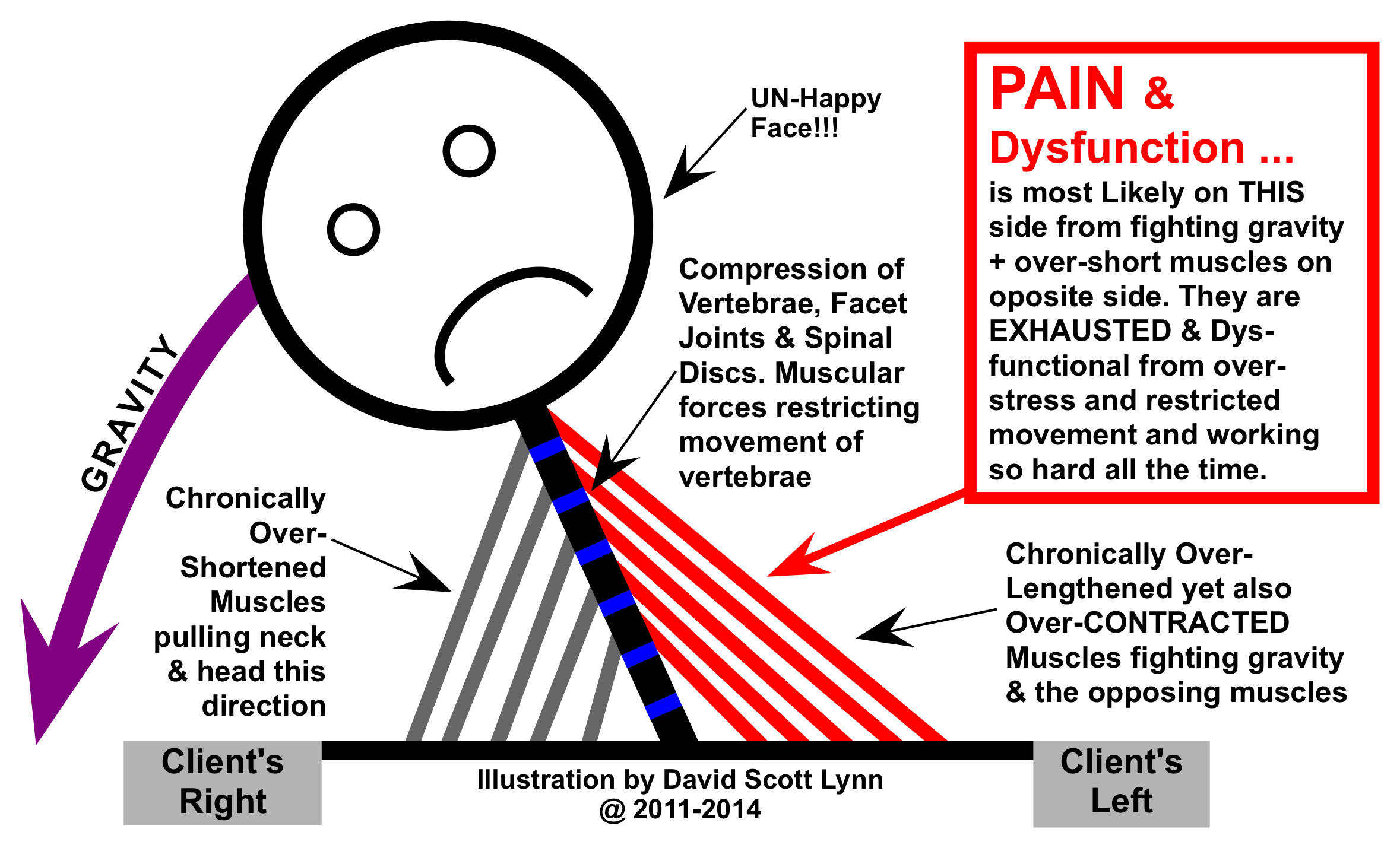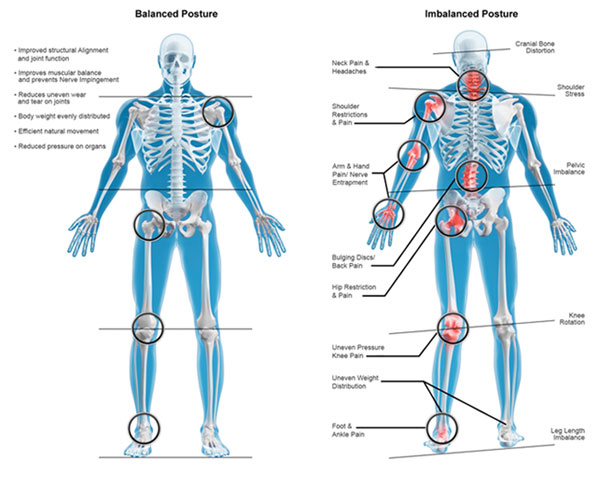nalco group
bone, muscle & joint pain physio
BOOK NOW / WHATSAPP ABOUT YOUR PAIN OR INJURY
- NOVENA 10 Sinaran Drive, Novena Medical Center #10-09, Singapore 307506
- TAMPINES 9 Tampines Grande #01-20 Singapore 528735
- SERANGOON 265 Serangoon Central Drive #04-269 Singapore 550265
Home > Blog > Structural Imbalance Physiotherapy
Structural Imbalance Physiotherapy

Perhaps you may have heard of this word "structural imbalance" before, especially when we're diagnosed of our physical
- aches
- pains
- fatigue
The better way to explain and understand this is to start from the other side, "structural balance".
structural balance
Structural balance refers to the best and optimal position and positioning of our musculoskeletal system:
- bones
- joints
- muscles
- tendons
- ligaments
This means that when there is a weight or load is applied or passed through that part of the body, this weight is effectively managed and loaded through the structure. "Effective" and "efficient" means to hold and move load well in a particular direction.
(Usually it can hold well in one or few directions, but not in another. Eg our knee joint can help to load and move us forward BUT not backwards.)
Structural imbalance is the opposite of this, hence, our
- bones
- joints
- muscles
- tendons
- ligaments
isn't able to hold the load in the most effective and efficient position.
Same example above, our knee joint.
It's fantastic to hold and move the weight as we stand, walk, jog, run and pivot and the direction is generally to move forward. However, if we get a strong force or kick at the side or front of our knees, our knee joint can break and damage.
For any joints where two (or more) bones meet, they work best when the joint is able to move in a specific direction (eg our knees, elbows, toes). Other joints like our ankles, shoulders, hips, wrists, thumb and neck have a lot more movement.
When the structures that make the joints are
- balanced
- work synergistically well together
- then weight and load is effectively passed along when the bone is the strongest and any pressure on the joint is directly on the plane of movement - this is the most ideal position because load/stress is spread out balanced/equally.
what happens with structural imbalance

When the structures are not balanced, loads and stressed are not evenly spread out. More often than not, one side is bearing more load and weight.
Structural imbalance can be caused by
- wearing out of joints
- torn ligaments
- dislocated joints due to trauma or laxity
- etc
The beginning of a vicious cycle:
When there are joints or structures are imbalanced, they tend to start a painful and vicious cycle that will cause the condition to get worse and worse when unmanaged.
An example of this, if you have an imbalance due to your left knee having pain, your body will compensate with the other knee and body parts, causing your left knee being under-used and becoming weaker...aggravating the imbalance.
The imbalance causes more knee pain...and the cycle continues.
Note: imbalance structures themselves are not always painful.
Most adults have some levels of joint degeneration but don't feel any forms of pain, and this is normal part of ageing.
Pain only happens or set in when:
- nerves are pinched/squeezed as the space between joints narrow from wearing out
- when over-compensation causes some muscles to be over-used or overly-tight
- etc
